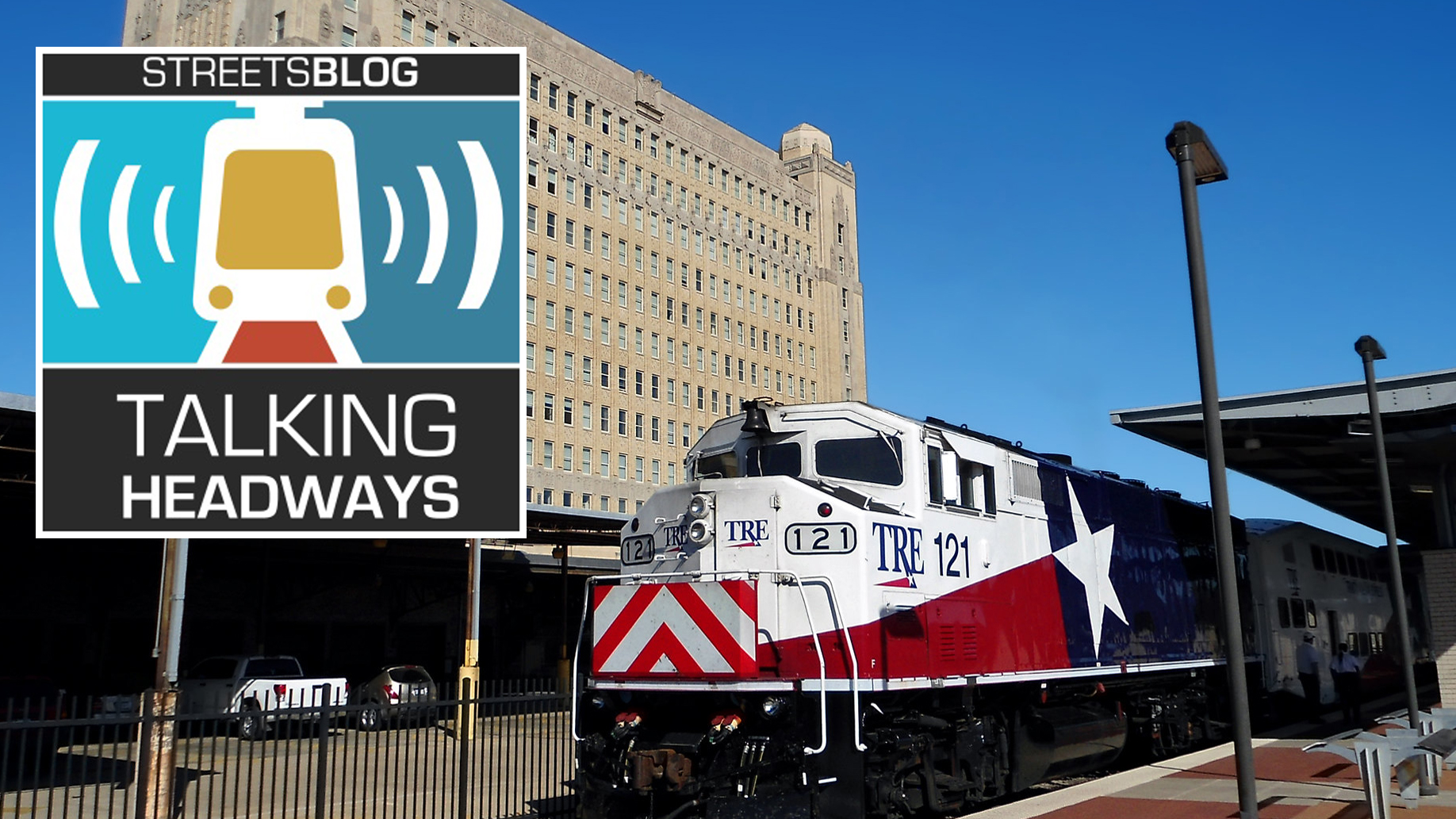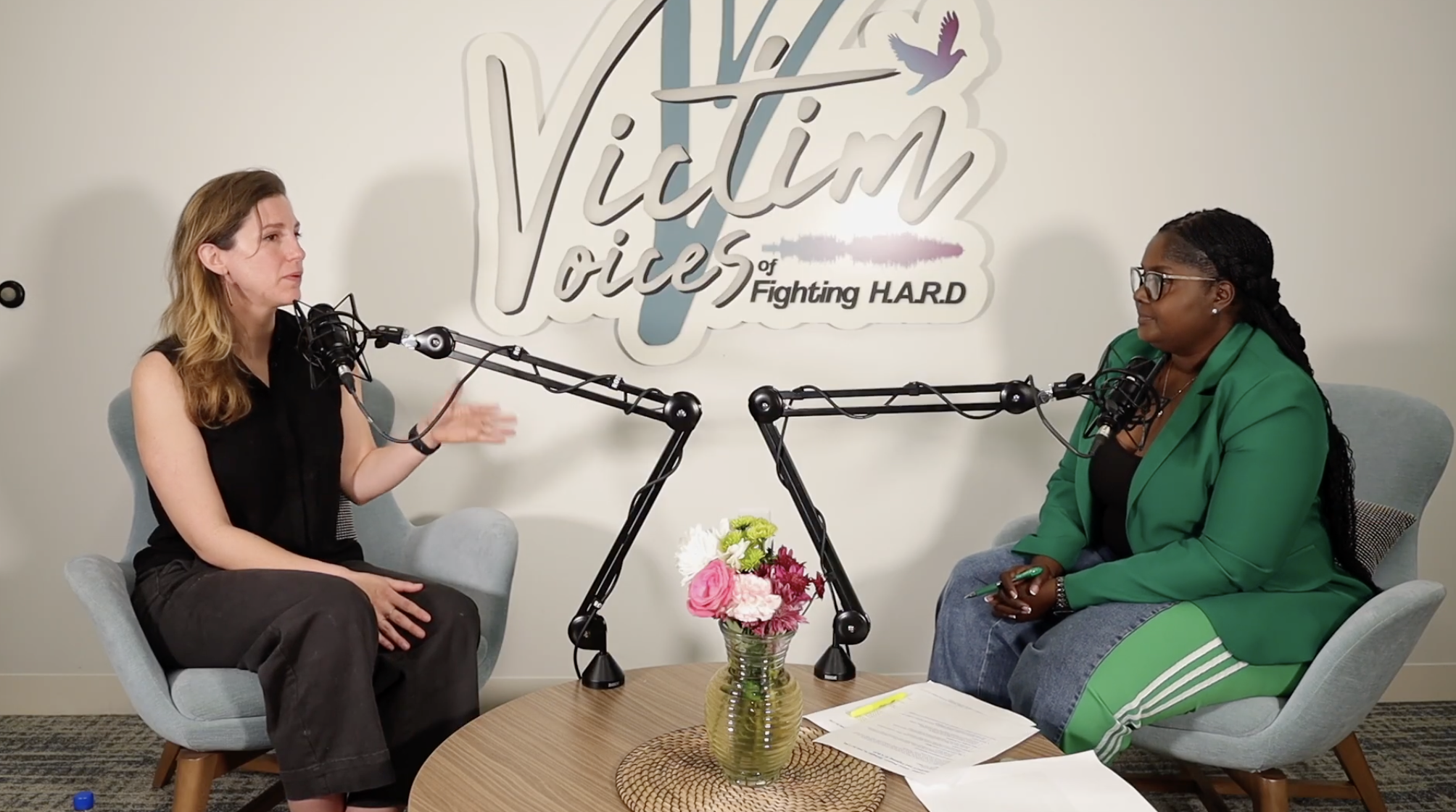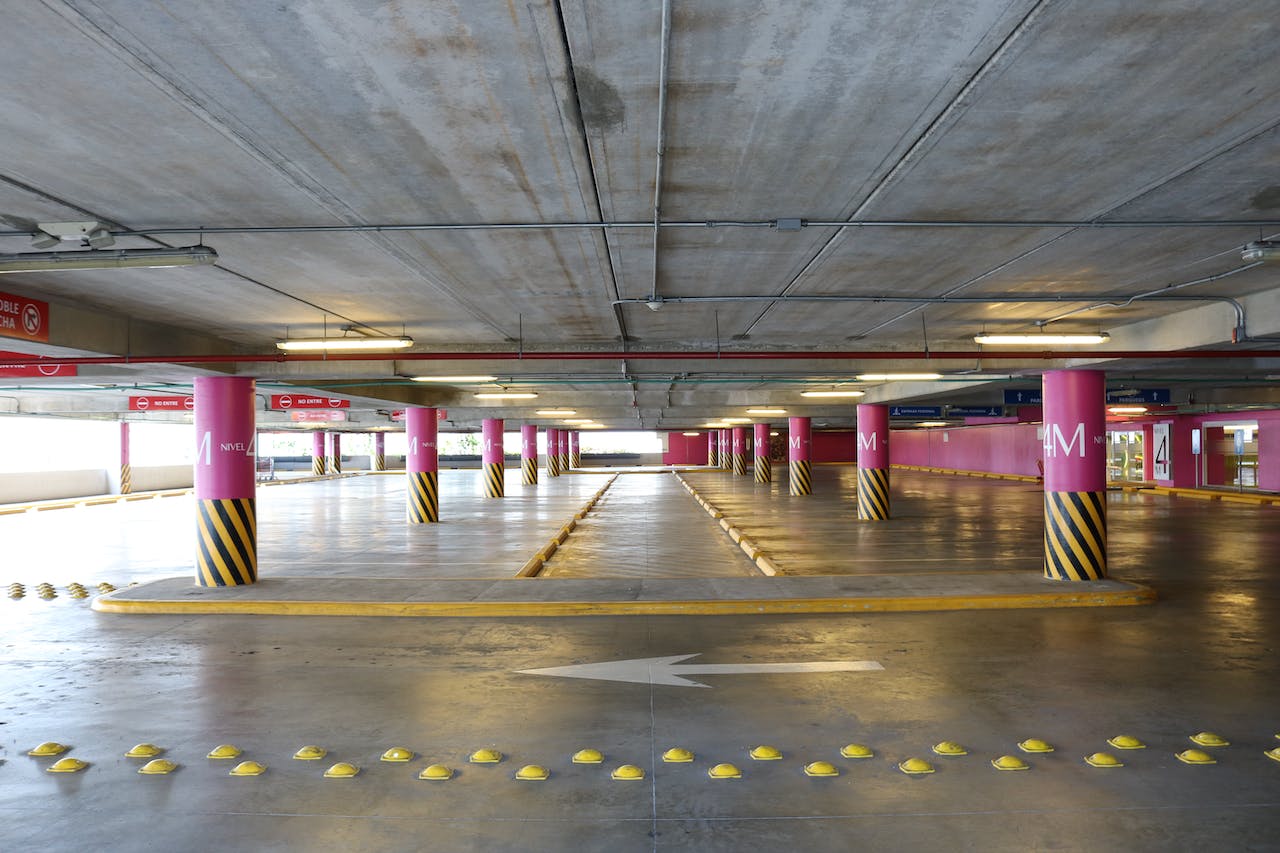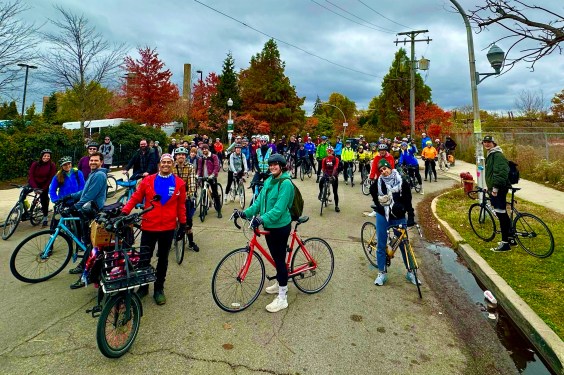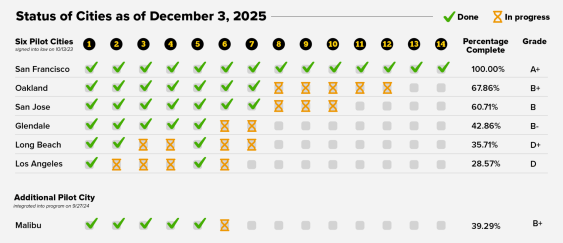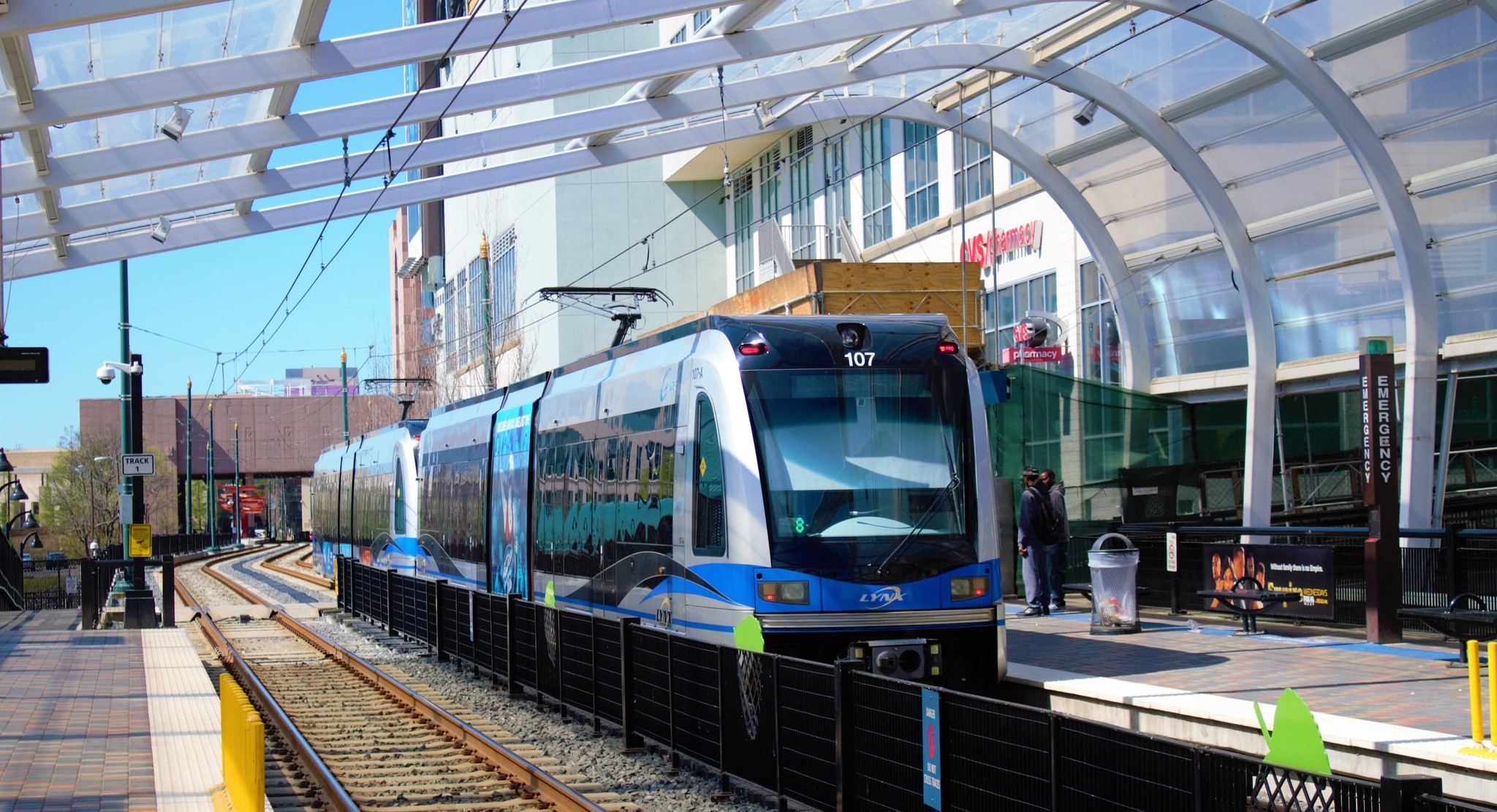his week we’re joined by Kelly Porter, Assistant Director for Transportation & Public Works for the City of Fort Worth. We talk about the city’s history and incredible growth, its first ever comprehensive transportation plan, plans for Panther Island and Butler Place as well as dreams for high speed rail.
Scroll down below the audio player for an edited excerpt of our conversation, or click here for an unedited, AI-generated transcript of the entire conversation.
Jeff Wood: I also wanna ask about high-speed rail. It's a very popular topic, especially in Texas right now. We saw that Amtrak was looking for potential partners to work on this program with, and I'm curious what the feeling is like in Fort Worth and in Dallas about the potential for this project.
Kelly Porter: So here in Fort Worth we're gung ho about Fort Worth to Houston. I'm just gonna tell you that we are super excited about Fort Worth to Houston and high-speed rail, and we're really working on our area plans for how do we integrate the potential for high-speed rail in our downtown.
And right now our preferred option is coming underground with high-speed rail. That's our preferred option, but that's in the environmental process with [North Central Texas Council of Governments] and [Texas Department of Transportation]. So we're already starting to look at how does that serve as a catalyst to where now you've got students at a and m downtown Fort Worth that can take a morning class in Fort Worth and then go back to main campus take an evening class and then come back to Fort Worth.
Or if there's ever the expansion down to Austin [orp San Antonio, which has also been looked at — and actually through Laredo in Monterrey and then Mexico City. Now we're connected to the largest metropolitan area in the continent, in the hemisphere. Really so big vision. So we're super excited about it.
It creates a unique opportunity that only a handful of places in the world actually get to have is that type of mega regional connectivity. And we see ourselves at, really what we say is being the Texas nexus for all that wonderful connectivity. We've been, looking at how that really is a new gateway into the city because then you can connect to text row, you connect to the other Amtrak services.
We think that one seat ride to Houston's really important to not have that transfer in Dallas. So that's what the COG's been working on and trying to figure out. We think it's important to the region. Something we've had to continue to say is that, although we have a commuter rail line that's gonna be double tracked between Fort Worth and Dallas, that's not the same as being on a high-speed rail line.
As one of my professors at Penn used to say, that sucking sounding here is all the economic activity going to where that high speed rail station is, and so we wanna make sure that we have it, we're on it, and it just makes sense for us to have it. We're already the largest Amtrak hub in the state of Texas, so people are already using rail here.
The one-seat ride between here and Bryan-College Station and Houston is gonna be really important. The potential to connect down to Austin, San Antonio, and then Laredo, Monterrey and then Mexico City as well. And so we see that being key to us being a twenty-first century global player. Michael Morris says that this is our generation's DFW airport, and I tend to agree.
I'm sure you've taken high-speed role in more than one country. I've taken it in Taiwan and Spain. And, yeah, the fact that you can go 350 miles, two-and-a-half hours between Madrid and Barcelona, and they've been able to reduce the amount of air trips between. There's still planes. You can still take a plane if you want to, but you can also take the train. It's about finding those options, and it's a different market.
